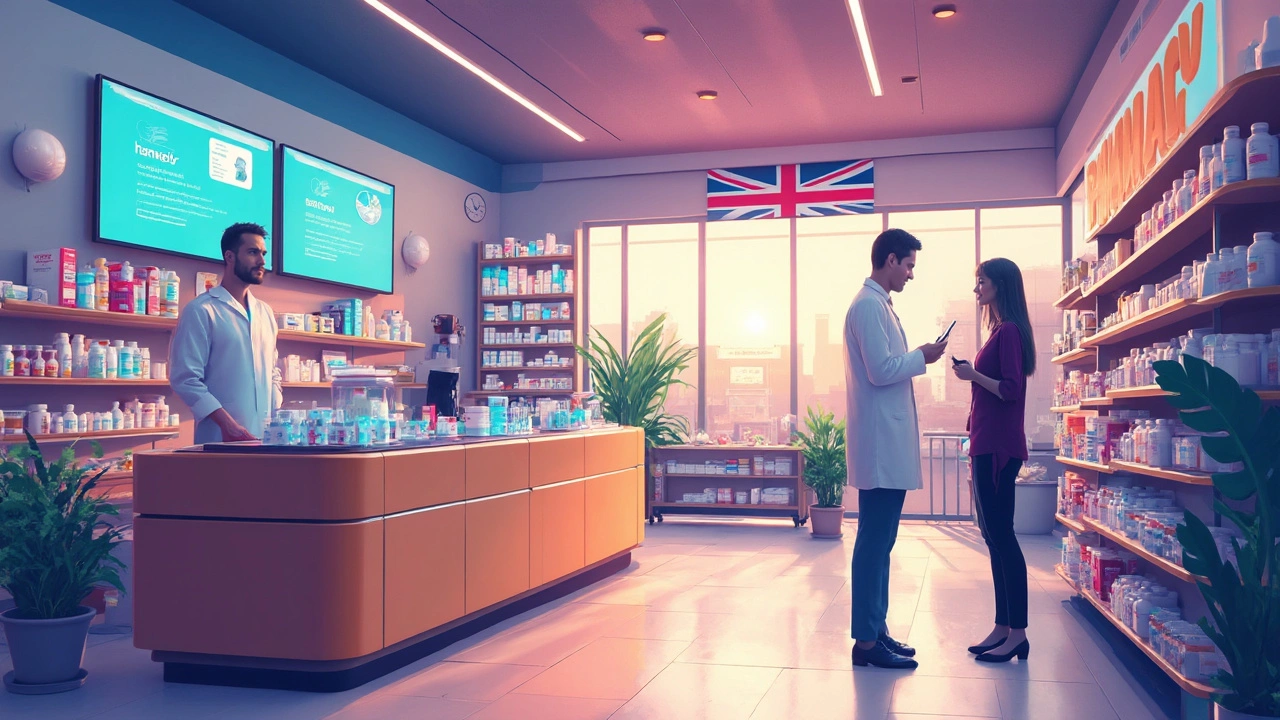Online pharmacies: How to shop safely and save
Buying medicine online can save you money and time — but it can also expose you to bad products or scams. Want quick, practical steps to protect yourself? This guide shows how to spot a trustworthy site, what to check before you buy, and simple ways to avoid common traps.
How to spot a safe online pharmacy
Start with the basics: a legitimate online pharmacy will require a prescription for prescription-only meds. If a site sells prescription drugs without asking for an Rx, walk away. Look for a clearly displayed business address and a phone number you can call. Try calling — a working pharmacy line with a licensed pharmacist on staff is a good sign.
Check for independent verification seals. In the U.S., NABP’s VIPPS program or LegitScript listings help confirm legitimacy. In Canada, look for membership in organizations like CIPA or certification via PharmacyChecker for price and safety checks. Don’t trust badges that don’t link to a verifiable registry.
Read the privacy policy and terms of service. A trustworthy pharmacy explains how it stores your personal and payment data. Make sure the site uses HTTPS and accept secure payment methods (credit cards are safer than wire transfer or crypto). Avoid stores that pressure you into nonrefundable prepaid methods.
Practical tips to avoid scams and save money
Price-check before you buy. If a medication price is dramatically lower than other reputable pharmacies, it’s a red flag. Some savings are real — generics and bulk discounts exist — but “too good to be true” often is. Use comparison tools like PharmacyChecker or known discount programs to confirm fair pricing.
Keep documentation. Save order confirmations, shipping tracking, photos of the package and pills, and receipts. If something looks off when your meds arrive — wrong color, unusual markings, damaged packaging, or missing lot numbers — contact the seller, your prescriber, and your local health regulator immediately.
Know shipping and legal rules. Import rules vary by country. Some meds shipped from abroad may be legal for personal use in small amounts; others are prohibited. Check your local laws before ordering controlled substances or high-risk meds. When in doubt, buy from a pharmacy licensed where you live.
Talk to your doctor. Don’t switch brands or doses without consulting your prescriber. If you want generic alternatives to save money, ask your doctor which options are safe for your condition.
Final quick checklist: prescription required, verifiable license, working phone and pharmacist access, secure payment, reasonable price, clear return policy, and trackable shipping. Follow these steps and you’ll cut risk while keeping the savings. If anything feels wrong, stop and double-check — your health isn’t worth a bargain basement gamble.
- Colin Hurd
- Dec, 17 2025
- 9 Comments
Online Pharmacies and Generics: How to Stay Safe and Spot Legitimate Sites
Learn how to safely buy generic medications online, spot fake pharmacies, and avoid dangerous counterfeit drugs. Essential tips for 2025 based on FDA, DEA, and NABP guidelines.
- Colin Hurd
- Mar, 26 2025
- 20 Comments
8 Alternatives to Canada Pharmacy Store for 2025: A Comprehensive Guide
Discover eight top alternatives to the Canada Pharmacy Store in 2025. This guide highlights options that prioritize affordability, safety, and a wide variety of medications. Learn about their pros and cons, and choose the best pharmacy service for your needs. Each alternative offers unique benefits, including competitive pricing and extensive catalogs.


